ndicate whether the following statements concerning Newton’s Laws are true or false. (Select T-True, F-False. If the first is T and the rest F, enter TFFFF).A) If a single force acts on an object, the object accelerates. B) If an object isn’t moving, no external forces act on it.C) If an object is accelerating, a force is acting on it.D) An object’s velocity will only be in the direction of the net force exerted on it.E) It is impossible to have motion in the absence of a force.
ndicate whether the following statements concerning Newton’s Laws are true or false. (Select T-True, F-False. If the first is T and the rest F, enter TFFFF).A) If a single force acts on an object, the object accelerates. B) If an object isn’t moving, no external forces act on it.C) If an object is accelerating, a force is acting on it.D) An object’s velocity will only be in the direction of the net force exerted on it.E) It is impossible to have motion in the absence of a force.
College Physics
11th Edition
ISBN:9781305952300
Author:Raymond A. Serway, Chris Vuille
Publisher:Raymond A. Serway, Chris Vuille
Chapter1: Units, Trigonometry. And Vectors
Section: Chapter Questions
Problem 1CQ: Estimate the order of magnitude of the length, in meters, of each of the following; (a) a mouse, (b)...
Related questions
Topic Video
Question
ndicate whether the following statements concerning Newton’s Laws are true or false. (Select T-True, F-False. If the first is T and the rest F, enter TFFFF).
A) If a single force acts on an object, the object accelerates. B) If an object isn’t moving, no external forces act on it.
C) If an object is accelerating, a force is acting on it.
D) An object’s velocity will only be in the direction of the net force exerted on it.
E) It is impossible to have motion in the absence of a force.
Expert Solution
This question has been solved!
Explore an expertly crafted, step-by-step solution for a thorough understanding of key concepts.
This is a popular solution!
Step 1
VIEWTrending now
This is a popular solution!
Step by step
Solved in 1 steps

Knowledge Booster
Learn more about
Need a deep-dive on the concept behind this application? Look no further. Learn more about this topic, physics and related others by exploring similar questions and additional content below.Similar questions
Recommended textbooks for you
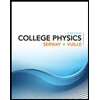
College Physics
Physics
ISBN:
9781305952300
Author:
Raymond A. Serway, Chris Vuille
Publisher:
Cengage Learning
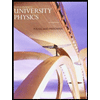
University Physics (14th Edition)
Physics
ISBN:
9780133969290
Author:
Hugh D. Young, Roger A. Freedman
Publisher:
PEARSON
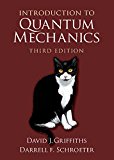
Introduction To Quantum Mechanics
Physics
ISBN:
9781107189638
Author:
Griffiths, David J., Schroeter, Darrell F.
Publisher:
Cambridge University Press

College Physics
Physics
ISBN:
9781305952300
Author:
Raymond A. Serway, Chris Vuille
Publisher:
Cengage Learning

University Physics (14th Edition)
Physics
ISBN:
9780133969290
Author:
Hugh D. Young, Roger A. Freedman
Publisher:
PEARSON

Introduction To Quantum Mechanics
Physics
ISBN:
9781107189638
Author:
Griffiths, David J., Schroeter, Darrell F.
Publisher:
Cambridge University Press
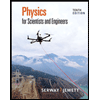
Physics for Scientists and Engineers
Physics
ISBN:
9781337553278
Author:
Raymond A. Serway, John W. Jewett
Publisher:
Cengage Learning
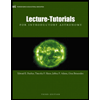
Lecture- Tutorials for Introductory Astronomy
Physics
ISBN:
9780321820464
Author:
Edward E. Prather, Tim P. Slater, Jeff P. Adams, Gina Brissenden
Publisher:
Addison-Wesley
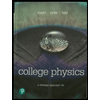
College Physics: A Strategic Approach (4th Editio…
Physics
ISBN:
9780134609034
Author:
Randall D. Knight (Professor Emeritus), Brian Jones, Stuart Field
Publisher:
PEARSON